What Makes a Good Adventure Partner?
It’s late June, 2019. I am in the Cascade mountains of Washington, on the famous Ptarmigan Traverse. It’s cloudy and socked in…I can’t really see anything at all. To be honest, I’m pretty miserable. I’m cold, wet, and, most of all, frustrated. I have a heavy backpack on both the front and back of me. One is mine…the other is my partner’s. I think to myself, “ow did I get here?”
Friend? Adventure Partner? Or Both?
Friends can take many different forms and flavors. Whether it’s your ‘late night ice cream’ buddy, or your ‘I’m having a bad day and I need someone to talk to’ friend, we lean on friends. We rely on them and we open up to them in ways we don’t feel comfortable doing with others.
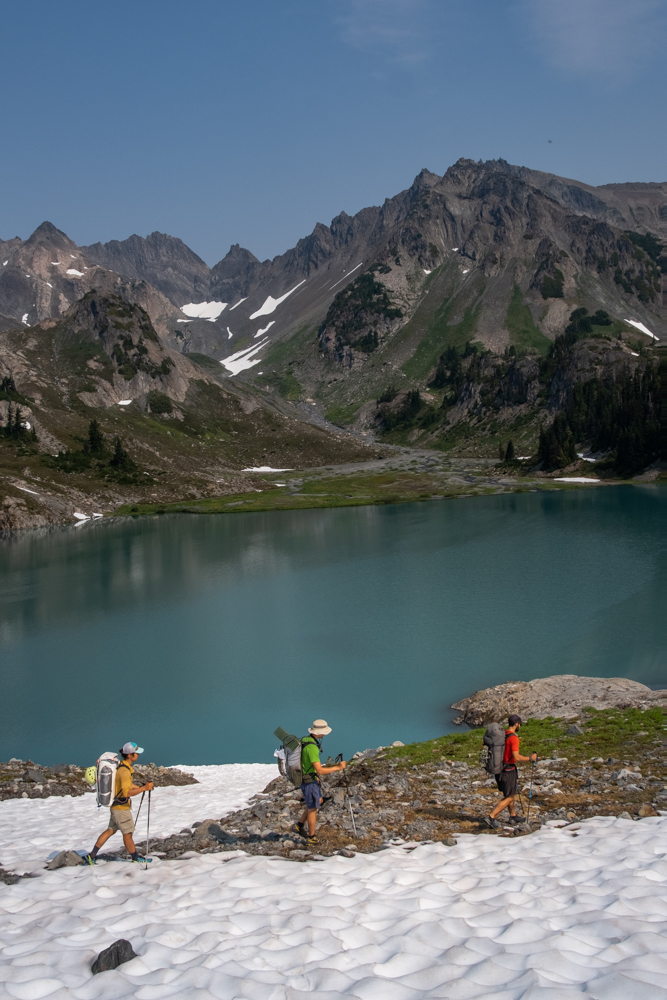
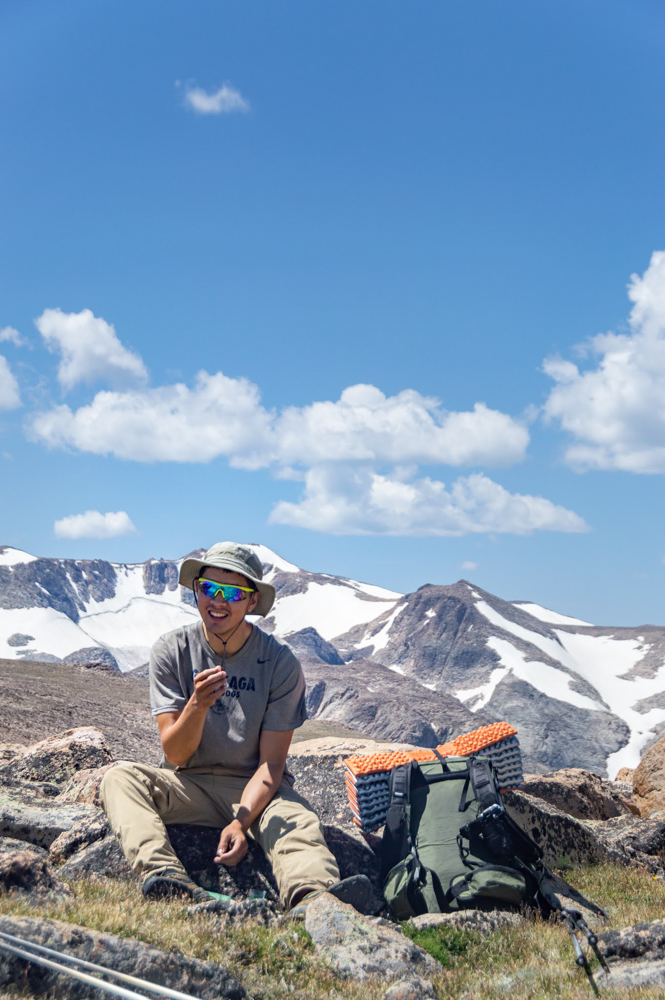
But friends aren’t always the best ‘adventure partners’. I’d even say that often our best friends aren’t our best adventure partners. Something just changes when we head into the outdoors. But why?
In no way, shape, or form am I some kind of “expert” on this matter. I don’t have a degree in sociology, psychology, or any other social science. But I’ve had plenty of friends that I’ve gone outside with. Over the years, I’ve noticed a particular series of ‘themes’ amongst the best adventure partners that I think is worth sharing.
Theme #1: Clear Expectations
19,000’ and climbing. We’re on our way up Chimborazo, one of the tallest peaks in the Western Hemisphere, and it is a gorgeous day. We’re going to make it to the top! Until…we’re not?
In 2019 I brought a friend of mine from college along with me on a mountaineering trip to Ecuador. For me, the goal of the trip was clear: reach the summit of Chimborazo. This mountain had eluded me twice in my previous trip down to Ecuador. My friend was an excellent rock climber…much stronger than me at the crag. He didn’t have any mountaineering experience, but to me that didn’t matter because he was stoked and I thought that would be enough. The mountains in Ecuador were short climbs, overnight at most, and involved a day or less of suffering. I figured I could teach him the basics of mountaineering quickly and get him up to speed.
What I forgot, though, was a clear set of expectations for the BOTH of us, ideally discussed before we left the country. I held my definitions of success clearly in my head: the TOP. There was only one singular task in my mind, and every training hike and day spent in town led up to that. For my partner, however, the goals were much different, and I had failed to realize that. Right up until the moment that we were at 19,000’ on Chimborazo and he asked me to TURN AROUND.
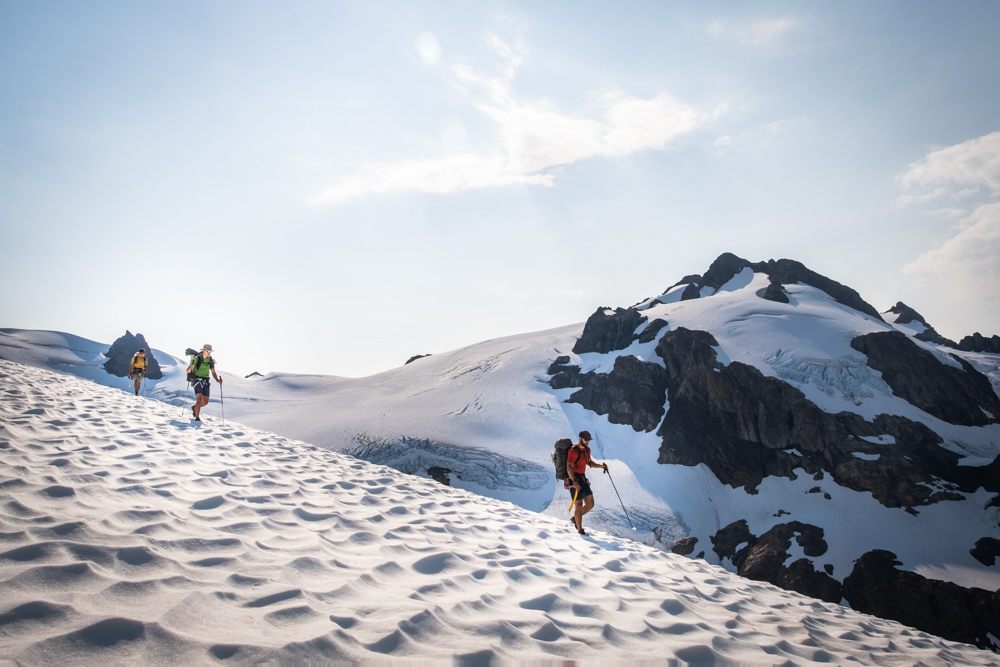
In the moment I was furious. It was a perfect day! The conditions were excellent. There was no reason to turn around – we were even ahead of our anticipated pace! But my partner was clear in his mind that this wasn’t his definition of success. He wanted to descend…immediately.
Communicating what ‘success’ means to you and your adventure partner is one of the single most valuable few minutes (or hours) you can spend before a trip, be it near or far. It does not have to be a long and drawn out talk… five minutes will do the job. But you NEED to clearly communicate what each of you are looking to get out of the experience.
Action: Sit down with your adventure partner and ask them “When the trip is over, what do you want to remember most?” Identifying how you’d like to look back on the trip can help clarify some of your objectives.
Theme #2: Vulnerability
Denali: North America’s tallest peak. My partner and I make it up to high camp at 17,000’ and it is absolutely socked in. The visibility is 50 yards, at most. The only other tent in sight is that of Vern Tejas, legendary Denali guide of 60+ summits. My partner and I turn to one another, after a sleepless night, and in sync, state the obvious: “Yeah…this is dumb…let’s go down.”
My greatest adventure partners are people I feel comfortable being vulnerable in front of, and they feel comfortable doing the same in front of me. There are no pretenses and no feeling of “being the tougher one”. In the particular story above on Denali, my partner openly admitted to me that he was afraid of his lack of physical ability to get to the top. That changed EVERYTHING about the trip. I was consciously able to take on some of the physical load from him and help balance the scales between the two of us, both physically and mentally.

Simply put, a great adventure partner is someone who YOU can lean on and that feels comfortable leaning BACK ON YOU. That balancing act needs to go both ways.
Action: Share what you are most afraid about on your current objective/adventure with your partner and ask them to share the same. Breaking the ice and talking through your fears can help improve the dynamic between you and your partner.
Theme #3: Similar Levels of Suffer Tolerance
Arches National Park, Utah. My friend and I are starting an off-trail backpacking trip through the desert that is supposed to take just under three weeks. We will travel through desert washes, across mesas, and through deep canyons. In our heads, we have an idyllic view of old westerns, walking across valleys with desert towers and rolling sands.
Instead, we find ourselves knee deep in mud, thrashing through cattails and bushes…is this really the DESERT? Feels more like a swamp. Three days into the trip, my partner tells me he is catching the next flight out of Moab and heading home. Uhhh…what? I mean, no hard feelings, but we’re just getting started? Sure, the mud was unpleasant…actually it totally sucked. But we’re over that now?
I’ve found that no matter how hard you can try to push your limits, everyone has a boundary they refuse to cross. Whether it’s a certain number of blisters, or number of days without proper sleep, everyone has a limit for tolerating suffering.
Over the years I’ve been on both sides of the equation. At times, I’ve had a higher suffer tolerance than my partners, where I felt like something “wasn’t that bad”; on other occasions, I felt resentment that my partners were “sandbagging” me and that it was much harder/more miserable than I had anticipated.
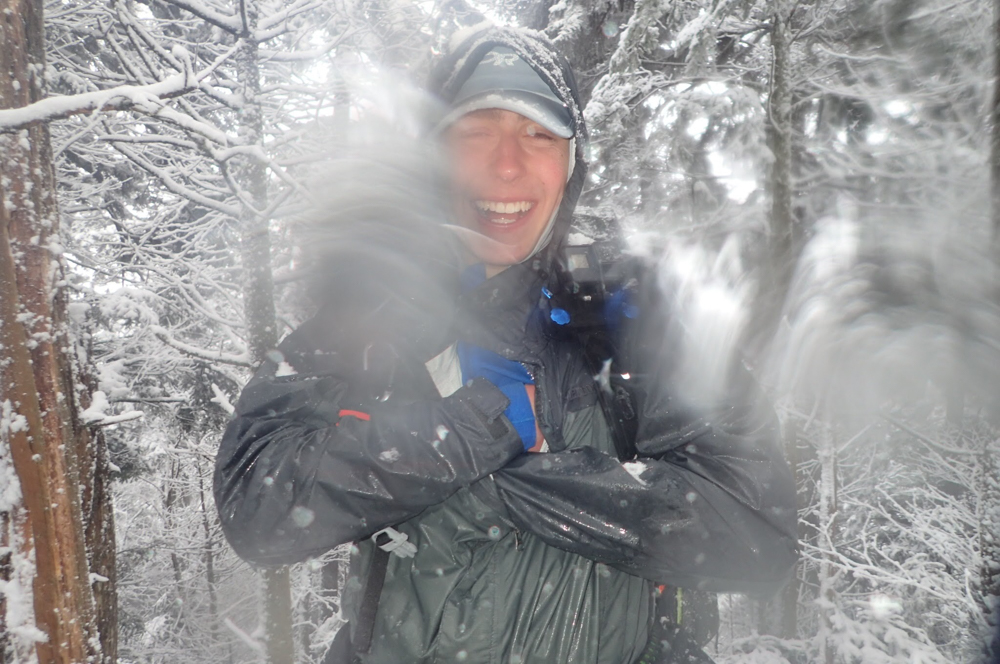
Regardless, one key theme that I’ve come across is that you and your partner should have a SIMILAR tolerance for suffering. The tolerance limit isn’t an easy one to define, but it can be obvious at times if someone has a much higher/lower ‘suffer tolerance’ level than you. Another very worthwhile five minute conversation to have is about your limits, where they are, and how they are provoked.
Action: Swap stories of your most miserable experience out in the backcountry with your adventure partner. What was the absolute WORST trip you’ve ever been on? Laugh about it! Talking through what was hard for you may help clarify what you wish to avoid in the future.
Wrapping It All Up
So back to the first story…being wet, cold, and miserable on the Ptarmigan Traverse. Sure, the trip was painful, but I learned so much from it. I took away learnings on how to better set expectations of what to achieve on a particular objective, how to open up and share fear, and most importantly, how to persevere through difficult situations.
Next time you head out into the mountains, try using the three prompts I shared above with your partner and see if they help improve your adventure partnership! Chances are they will at least lead to some good stories.
About the Gear Tester

Sam Chaneles
Sam Chaneles is an avid mountaineer and backpacker, climbing peaks in the Cascades, Mexico, Ecuador, and Africa, as well as hiking the John Muir Trail and off-trail routes in Colorado. He has climbed peaks such as Aconcagua, Mt. Rainier, Cotopaxi, Chimborazo, Kilimanjaro, and many more. Sam graduated with a B.S. in Mechanical Engineering from Georgia Tech. During his time there he was a Trip and Expedition Leader for the school’s Outdoor Recreation program (ORGT). He has led expeditions to New Zealand, Alaska, Corsica, France, and throughout the United States. Sam is based in Issaquah, WA just outside of the Cascade Mountains. You can follow Sam and his adventures on Instagram at @samchaneles, or on his website at www.engineeredforadventure.com.

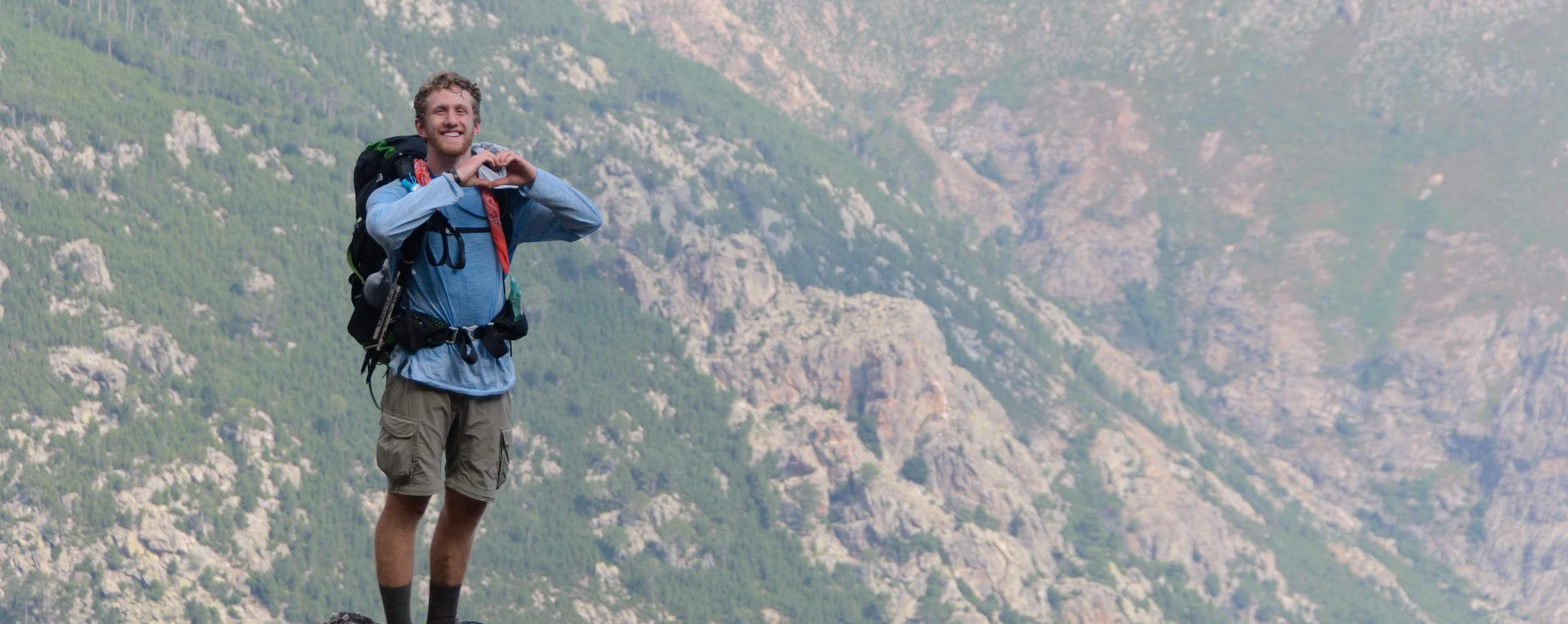

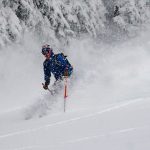

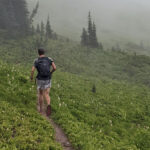
I agree with every one of these points!! Vulnerability/open communication is huge in my book. And suffer tolerance or at least the ability to laugh about our suffering is one of my favorite qualities in people, whether we’re out in the field or at home haha. I got VERY lucky that some of my best friends are my adventure partners, it makes up for the fact that my life partner has these qualities but can’t do the longer trips anymore (the Army has done a number on his knees and back lol). Truly, some of our worst misadventures end up being our most memorable and funny adventures.
Glad to hear it! Sometimes type 2 fun is more memorable than Type 1!
The article has extremely high-quality content, I appreciate it, your article will certainly bring a lot of useful knowledge to everyone. respect you
Thank you!